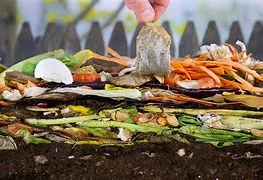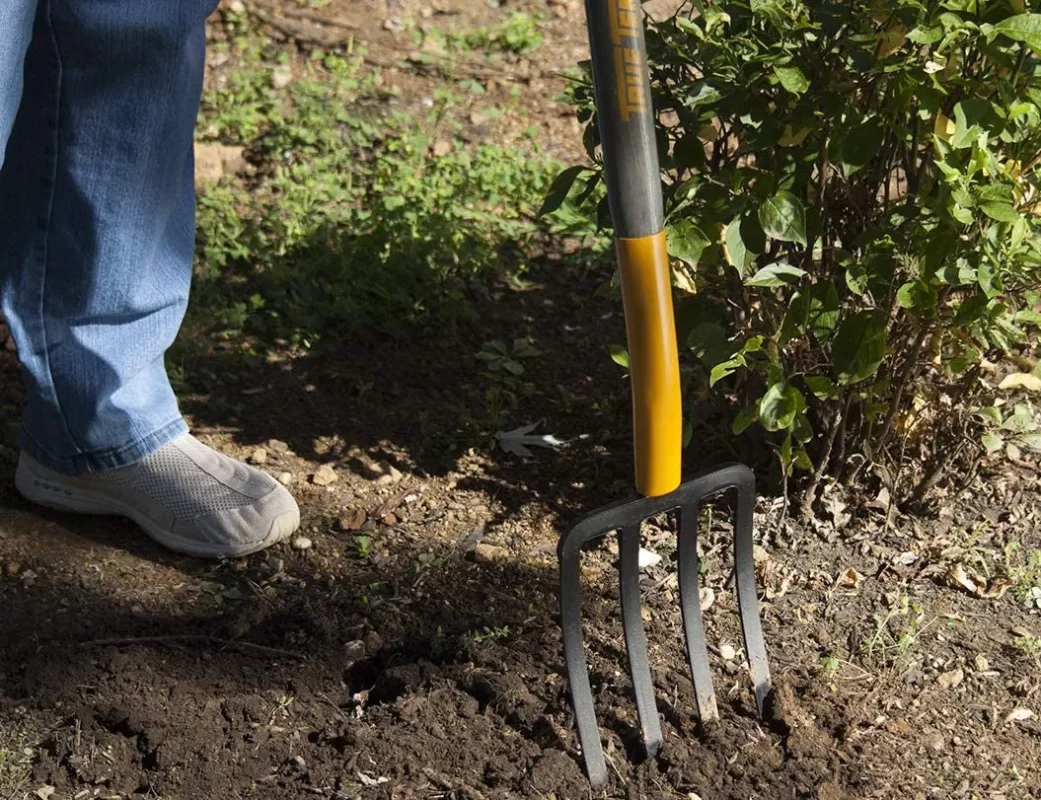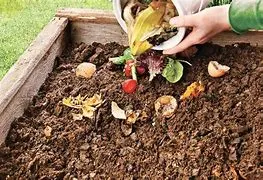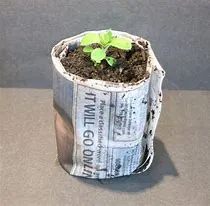How To Easily Make A Compost In 5 Steps
What is Compost?
You can easily make a compost in 5 steps. Compost is not a fertilizer but it is a nutritious blend of ingredients that add oxygen, water, and nutrients to the area around your plant. It supports the plant’s root system so it can feed your plant. Compost is made up of compostable materials that are broken down to make light airy soil. It can be used for:
- soil conditioning
- lawn dressing
- potting soil component
- mulching
Define Compostable Items
When an item, like a waste bag, says it is compostable, it means that the bag is made of ingredients that can be broken down into organic matter. It only breaks down in the right conditions. It must be a moist and warm area filled with both dead and recently living organic matter. Things like leaves or grass clippings or food waste make a good compostable.
Is Compost A Fertilizer?
Compost is not a fertilizer but a soil conditioner. It can add nutrition depending on the ingredients included in the compost pile. Compost’s role is to make soil nutritionally dense. Fertilizer is nutrition that is added to soil. When fertilizer and compost are both added to your garden, the optimal growing conditions are created.
How To Make A Compost In 5 Easy Steps
Compost must have the correct conditions to “heat up”. Heat is generated when the micro-organisms in a compost pile are working to break down the organic matter. Think of it as a microscopic factor were the workers are working at a super fast pace to meet a deadline. The workers start sweating and generate heat. So too, the micro-organisms heat up a compost pile when the conditions are the best which makes compost
Starting A Compost Pile
To start a compost pile, you need to select a shady location. Compost needs to stay moist so full sun is not always ideal. The pile should be near enough to the kitchen to dispose of kitchen waste. It should have access to a garden hose. However, It should not be against the house, in case rodents are attracted to the pile. Pick an area large enough to make 3 bins about 3’x3’X3′. When it is full you will have 1 cubic yard of compost. The first bin will be layered with compostable items.

- Clear the first bin and fork or dig up the soil on the bottom of the bin then add a layer of thin twigs or slim branches in a crisscross fashion. This will allow air to reach the bottom of the pile.
- Add another 2 parts of brown material (for a 3 part ratio)
- Add 1 part of green material
- Layer with 3 parts brown material then 1 part green material until you have used up your materials. Like lasagna keep adding layers.
- Water the pile until it feels like a soggy sponge. Lift up the lower layers to make sure water has seeped all the way through. It should not have water standing but be thoroughly damp.
How Much Compost Do I Need?
Three compost bins make a beginner system. You create your first pile in the first bin. A week later, you move the first pile from the first bin to the second bin with a barn fork. This action adds air to the pile. If you are supplementing your soil for a garden bed, you need to determine the amount of material for the area of the bed. This is where geometry or a calculator can come in handy. McGill’s Compost Calculator link.
The link to my booklet Compost 101 in the Conclusion paragraph below tells the depth of application for various uses like a raised bed garden or starting seeds.
Turning Over The Pile

The compost pile needs to be turned over every week to allow fresh oxygen into the pile. This is just like stirring coals in a fire. The addition of oxygen keeps the compost pile warm. It also makes the process faster. Instead of turning the pile over on itself, some people find it is easier to move the pile into a new bin which is why 3 bins, to start, works well. The action of moving it over to a new bin, provides the oxygen to re-energizes the microbes. To create the pile, you will need:
- brown material
- green material
- water
- air
Brown Material
- Fallen leaves
- Spoiled hay / old straw
- Wood chips
- Twigs
- Sawdust
- Cardboard
- Egg cartons
- Shredded newsprint and office paper
- Shredded tree bark
- Paper bags
Green Material
- Grass clippings
- Poultry, rabbit, cow, horse, sheep manure
- Young weeds and plants
- Fruit and vegetable scraps
- Fish meal or fish scraps
- Coffee grounds
- Alfalfa meal or green pea plants
- Tea bags and tea leaves
- Cut flowers
- Soybean meal
- Bedding from herbivores
Adding Food Scraps To A Compost Pile
Food scraps can add nutrients to a compost pile. Many people stick to vegetarian options when adding to the pile while others add everything. Some common food scrap additions are:
- Fruit and vegetable scraps
- coffee grounds
- rice
- soy products
- wheat products
- paper towels or newspaper (I like to soak mine first).
- egg shells and fish bones
Three Things You Should Not Compost
ONE: Plastic – Because they do not compost and are inorganic.
TWO: Feces – Carnivore feces, including baby diapers.
THREE: Meat or Oil – Meat or bone scraps; they invite rodents and stink. Oil does not break down well.
Troubleshooting Your Compost Pile
| PROBLEM | CAUSE | SOLUTION |
| Foul Odor | Excess moisture | Turn pile or add straw |
| Compaction | Turn pile | |
| Ammonia Odor | Too much nitrogen | Add brown items |
| Temperature Below 75 degrees F | Pile too small | Add layers |
| Too little moisture | Add water | |
| Compacted | Turn Pile | |
| Cold weather | Make a bigger pile or add straw and cover | |
| Temperature Above 150 degrees | Pile too Big | Create two bins and move 1/2 of pile to new bin |
| Too much nitrogen | Add brown items | |
| Pests, rodents, raccoons | Meat or oily food scraps | Remove meat, or oil food, cover with soil or sawdust. |
Conclusion
Adding compost to your soil is the best way to get your soil in optimum condition. It also helps to regulate the pH levels in your soil for various plant types. Link to my post How To Make Sure Your Plants Are Eating Well to find out why soil pH is important. Fill in the form below to get a free copy of my booklet Composting 101. If you find the booklet helpful, share it and consider subscribing to my website. Thank you for your support.

